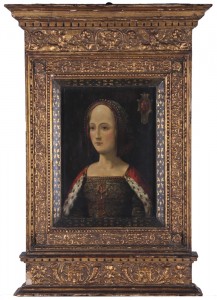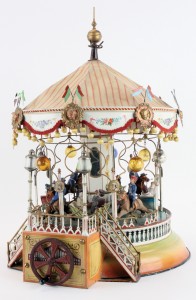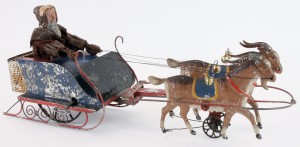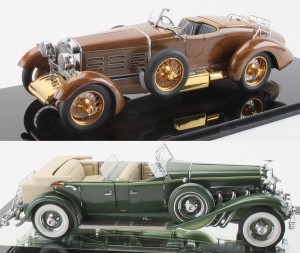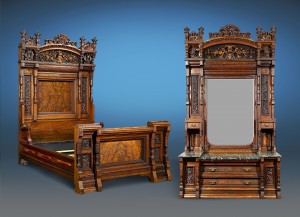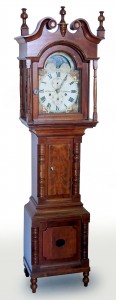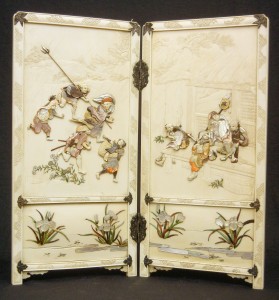MARBURGER FARM ANTIQUE SHOW APRIL 2-6 – FIRST BLUSH OR RETURN BLISS
February 15th, 2013 by admin2.1.13 ROUND TOP, TEXAS – Remember your first antique show? Was it an experience? Did you find a treasure that you look upon daily?
On April 2-6, 2013, you’ll have a chance to visit Marburger Farm Antique Show in tiny Round Top, Texas, for a first visit or for a never-missed twice-yearly swoon. “Wow!” is how photographer April Pizana sums up her first visit to the 43 acre Marburger Farm. “You come expecting knick-knacks and you have no idea of the amazing things and displays that you will see. Once you get past the initial ‘Wow!’—it’s pure giddiness and glee.”
What does Pizana suggest for first-time visitors? “Bring a list, dimensions, a sturdy tote, a checkbook, cash or an ATM card. Bring a friend. And wear comfy shoes, but also cute. People dress really fun for Marburger Farm.” See April’s photos of Marburger at www.aprilpizana.com
On a recent Marburger Farm Facebook post, Katrina Lounsbury of California recalls that “On my first visit many years ago, I loved the French enamel-ware, the jewelry and the antique and vintage Santas. I have a treasure or two from every show since.”
“What I loved most about my first visit to the Marburger Farm Antique Show,” says shopper Terri Henderson on Facebook, “was the quality of the merchandise, the number of awesome dealers and the creative displays.”
For some, it will be their first trip to Round Top, while those who have been a part of the adventure since the beginning, will see for the 32nd time that over 350 top exhibitors from coast to coast will encamp on the central Texas cow pasture with antique furniture, vintage accessories, jewelry, art, lighting, folk art and more. Styles range from industrial to French, from Swedish to mid-century modern to the original creations of the Marburger artisan dealers. Spilling out of ten giant tents and twelve historic buildings, the antiques and re-purposed objects find eager new owners among the thousands of shoppers who visit Marburger Farm.
If it’s the first time for you or a return engagement, be sure to visit French exhibitor Pascal Jones of Desiree Antiques. Jones recalls that her own first impression of Marburger Farm was “the different styles of antiques— everything is at Marburger Farm.” For the spring 2013 show, Jones will offer her own mix of classic 18th c. French and European antiques alongside 1980s brass, Lucite, art, industrial end tables made from French engraving plates and early wooden type-face letters made into furniture surfaces. “I love the mix of styles,” says Jones. “It’s nice to have different centuries and styles in a home. It makes it unique.”
Originally from Italy, Philadelphia exhibitor Marco Astrologo noted that on his first visit to Marburger, he found the other dealers to be “extremely good and extremely happy. They are the cream de la cream. And the customers love to buy.” Astrologo continues with the admission that “Before I went to Marburger, I expected Texans to be strange, you know? But you quickly realize that the people who come to Marburger Farm are very knowledgeable. They come from all over the world. They breathe the past 24 hours a day and they enjoy it.” Astrologo will offer antique and vintage trunks and luggage from makers such as Louis Vuitton and Goyard. His is the largest collection of antique Louis Vuitton trunks in the country.
Texas exhibitor Melissa Whitely Vasquez creates a booth with her mother and sister, jammed with American cottage furniture, early toys, doll furnishings, advertising signs and garden antiques. “What do I remember about my very first Marburger Farm Show? There was only one tent and one Porta-Potty.”
Things have changed. Not only are there air-conditioned restrooms now, but Marburger Farm has grown to become what Newsweek magazine calls “one of the country’s best venues.”
North Carolina dealer Susan Curran-Wright carries antique Italian and American linens, sterling and jewelry. “On my very first time at Marburger,” says Curran-Wright, “I knew Marburger Farm was going to explode. The energy was there, the wonderful property was there, the potential was there. Everyone there was so infused with enthusiasm that I knew that Marburger Farm was going to become a great antique show.”
So whether it’s your first time or a rendezvous you never miss, come to Marburger Farm to be infused with the energy and wonder of the very best antiques displayed by the most creative dealers anywhere.
In addition to the antique and artisans exhibitors, the April 2-6 show will also feature benefit booths for Dwell with Dignity of Dallas and for the Brookwood Community near Houston. The Brookwood exhibit will offer plants grown by and specialty décor, garden and kitchen items made by the special needs adults who are served by residential community. See www.brookwoodcommunity.org
Founded by interior designers, Dwell with Dignity transforms donated furnishings into dignified interiors for families escaping poverty and homelessness. Their booth at Marburger, located near the Food Pavilion, will bring to life such a sample interior. At the end of each Marburger Farm week, the show’s dealers donate antiques and vintage objects that will go back to Dallas to be used in dwellings or to be sold in the Dwell with Dignity Thrift Studio sale April 18 – May 18 in the Dallas Design District. See www.dwellwithdignity.org
The Marburger Farm Antique Show opens on Tuesday April 2 with Early Buying from 10 am through 2 pm for $25 for adults, free for children 15 and under. Regular $10 admission begins April 2 at 2 pm. One admission is good all week, with the show running on Wednesday, Thursday and Friday from 9 am to 5 pm and on Saturday, April 6, from 9 am to 4 pm. Advance tickets and group tickets are available.
Parking is free. Marburger hosts a Man-Cave in the Blacksmith Shop. A full-service food pavilion and Blacksmith Bar will keep you energized and happy. Dogs on a leash are always welcome.
And, if it is your first time, cute shoes count, but are not required.
See information on travel, maps, vendors, special events, the Marburger Farm blog and mobile app, lodging, on-site shipping and the Marburger Cafe at www.roundtop-marburger.com or call Ashley Ferguson at 800-947-5799. Follow show news on Facebook or on the show blog at www.marburgerfarmshow.blogspot.com

